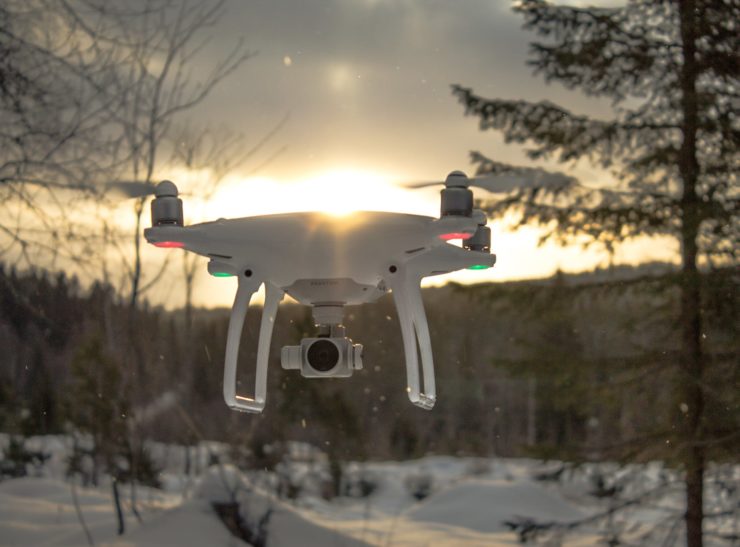
The Department of Transportion implements tough regulations for flying drones in order to keep everyone safe. But now they are choosing to relax some of those regulations. They recently proposed changes to the rule book which will allow drone operators to fly over people and at night without the need of a special license. Commercial drone operators are especially happy to hear this news. FAA regulations against flying over crowds has made it difficult for some businesses to operate. They tried to get around the regulations by putting in applications for the special licenses that will allow them to fly over people but more than 99% of those applications were denied.
The rules regarding night flying and flying over people are not the only regulations being changed. For example, the old regulations state that you must show your license to an FAA inspector when asked. The proposed change states that you can also show that documentation to a representative of the National Transportation Safety Board, a local policeman, or a Transport Security Administration representative. A closer look at the proposition also shows that the relaxed regulations on flying over people come with some restrictions including:
– Aircraft lighter than 250 grams are allowed to fly over people without any specific design standards,
– For aircraft heavier than 250 pounds, the manufacturer must demonstrate to the FAA that they are not in the Category 2 injury threshold and they can have no exposed rotating parts.
– The pilot must pass a knowledge exam,
– Recurrent training for pilots can be done online.
These are only proposed regulations. They could take up to 2 years to become standard operating procedures and that’s only if they are approved. Drone enthusiasts may have to wait even longer than that to fly over people because the remote identification rule making has to be published first which is still being reviewed. The Department of Transportion and the FAA also have to publish the advance notice which provides guidelines on how to handle problematic drones.
Regulations over flying drones will always be strict. The good thing about these proposed changes is that it gives the public a chance to weigh in on the decision making process and guide the FAA in the right direction. People will be able to provide their opinions by answering 26 questions. The topics for these questions range from minimum required stand-off distances to recommended specifications for craft that are allowed to fly outside of the operator’s line of sight.
|